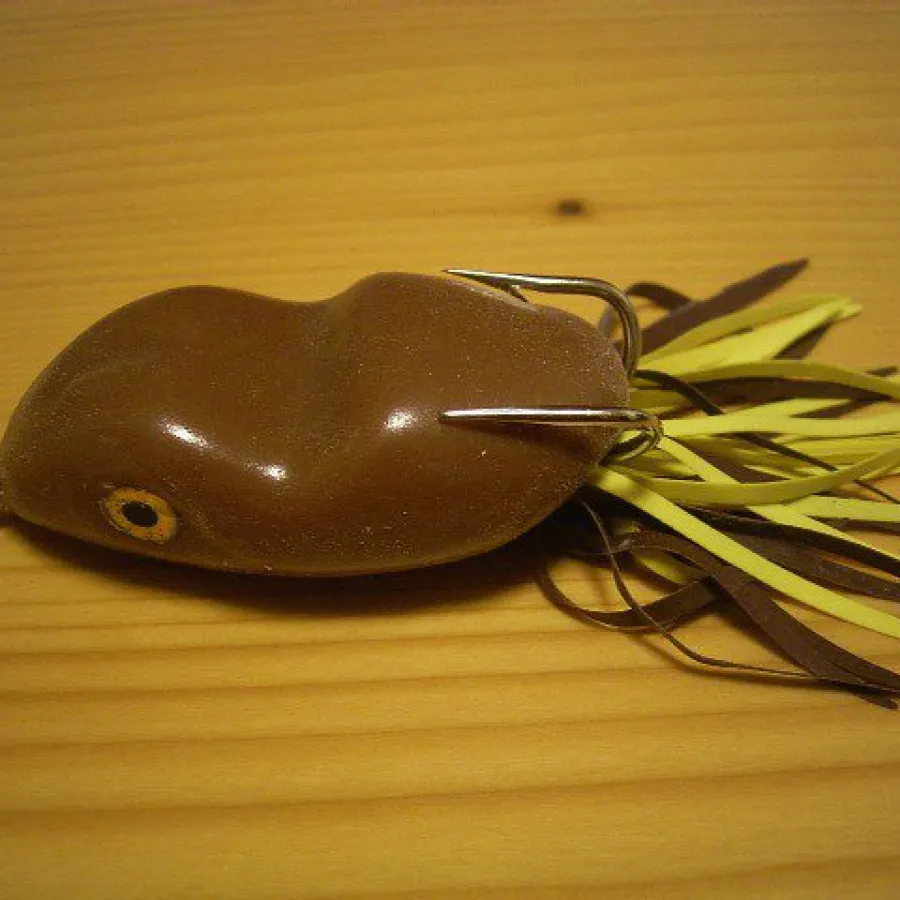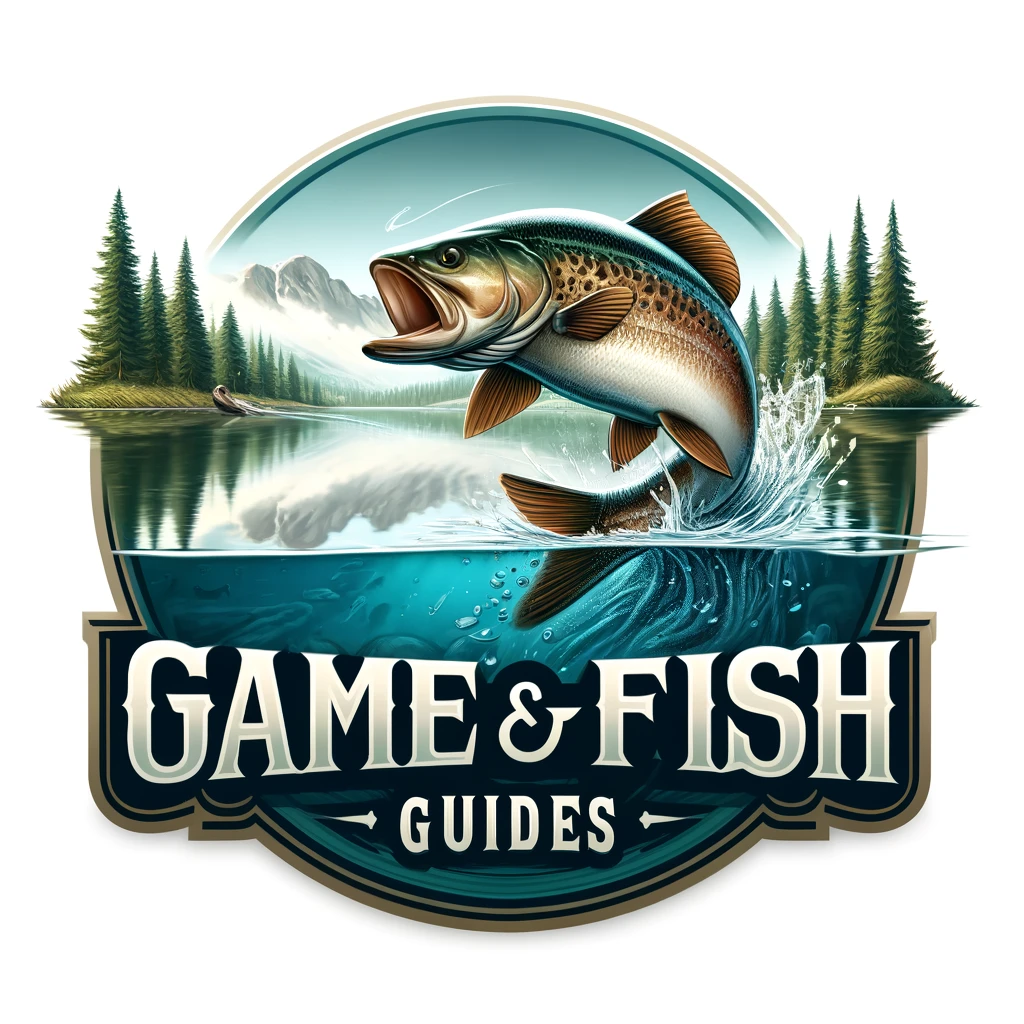Knowing how to use a frog lure is absolutely essential to any serious bass angler. These are some of my favorite kinds of baits for most of the year because of how versatile and effective they are. Frog baits come in many different styles such as surface poppers, hollow-body, hard-body, and soft plastic swimmers.
In this article, we’ll cover the basics of how to use each kind so that you can go try them out yourself and catch some fish.
Types of Frog Lures For bass and Their Uses
- Hollow-Body Frogs: Because of their weedless design, these are good when you’re fishing heavy vegetation like lily pads and grass. These frogs work really well with fishing deep and shallow matted grass because of their buoyant hollow bodies.
- Hard-Plastic Frogs: These work best when fishing in open water where their realistic bodies and action will look like real frogs swimming, without risking getting snagged. They are known for their “walking the dog” presentation that utilizes specific twitching movements and is great for fishing in clear water.
- Poppin’ Frogs: These are a type of surface popper that you fish topwater by using small twitches coupled with the cupped face design of the lure. Twitching your rod to move the bait makes a popping sound.
- Swimming Frogs: These are weedless style baits made for speed and a more of a straight retrieve through grass, lily pads, and open water.
Tips for Frog Lure Fishing
Fishing Hollow-Body Frogs in Vegetation
When fishing with hollow-body frogs in heavy vegetation, you want to ensure that your frog bait glides smoothly over the surface without snagging. Cast into the vegetation and aim for areas with openings or disruptions, which might mean fish activity underneath. Using a steady and consistent retrieve, drag the lure across the vegetation and pause every few seconds to mimic how a real frog would move.
Because the lure has a hollow buoyant body and a hook(s) sticking upwards, it moves weedlessly while still being ready to collapse when a bass hits it for a secure hookup.

Utilizing Hard-Plastic Frogs in Open Water
When fishing open water, using the walking-the-dog method with a hard plastic frog lure is effective. This method is simple. Twitch your rod tip downward with a rhythmic pattern while keeping your line fairly tight and not allowing too much slack. This will make the frog zigzag on the surface of the water, which will look a lot like an injured frog. This type of lure is especially effective in clear water or small bodies of water like ponds.
Skipping Frogs Under Cover
Skipping a frog lure to reach difficult areas like under docks or overhanging vegetation can be an extremely effective way to find where the bass are hiding. You’ll want a frog with a flatter belly so it’s easier to skip. Cast your frog with a sidearm-flicking motion toward your target, which makes it skip across the water and slide under the cover. If you’ve ever skipped rocks, think of the same concept.
Working a Frog in Mats and Open Water
In dense vegetation, work your frog bait using very little movement. Let it sit there and create a tempting silhouette before using slight movements. You can also add rattles or weights to make it more appealing. Imagine how a frog moves if at all.
For fishing in open water, using a steady retrieve can be effective, especially when you’re fishing frogs that have a kicking action or a propeller tail.
Gear Recommendations
Using the right gear is important for frog fishing. You should use a medium heavy to heavy-action rod with a 50-65 pound braided line because you’re going to be fighting fish through heavy vegetation and you need a very strong hook set.
Color Selection
When I’m using frog lures, I’m not too worried about color, because I don’t think that it plays too big of a role. I would recommend more natural colors like brown, green, and white. We’re trying to imitate a frog, so I don’t think using any crazy flashy colors makes much sense, especially when the fish only see the color on the bottom of the lure.

